T4K3.news
Interstellar Comet Breaks Speed Record
New observations confirm 3I/ATLAS as the fastest interstellar visitor and refine its size estimate.
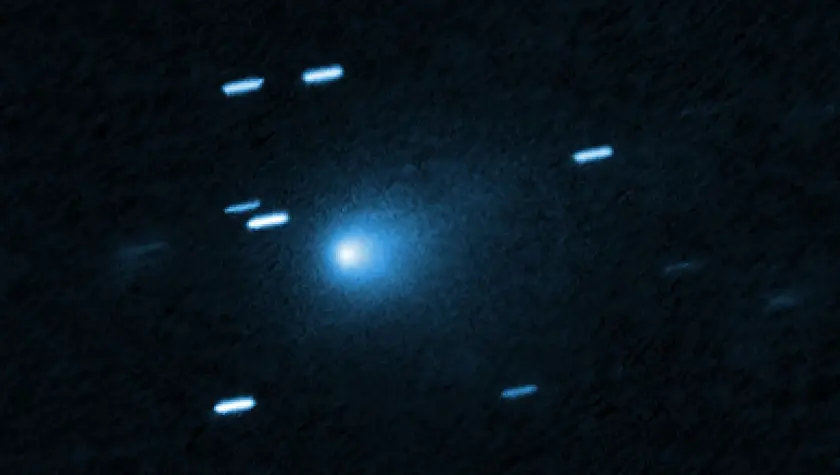
Hubble observations refine the nucleus size and confirm it as the fastest interstellar visitor.
3I/ATLAS Becomes Fastest Interstellar Comet Ever Recorded
Astronomers using the Hubble Space Telescope refined estimates of the nucleus size of Comet 3I/ATLAS and confirmed it as the fastest interstellar object observed to date. The comet was discovered on July 1 by ATLAS, a NASA funded sky survey. Its speed, about 130,000 miles per hour (58 kilometers per second) relative to the Sun, places it ahead of every Solar System comet at similar distances and suggests a trajectory that barely lingers in our solar neighborhood. The outgassing seen from such a distance makes precise sizing difficult, a reminder of how much remains uncertain when a visitor comes from beyond the solar system.
Looking ahead, 3I/ATLAS will reach a closest approach to the Sun of about 210 million kilometers on October 30, 2025. It should be visible from Earth from September through December before it slips behind the Sun again. Hubble's size range, from a few hundred meters to several kilometers in diameter, reflects the challenges of measuring a body so far from the Sun while still releasing gas. Scientists expect follow up with the James Webb Space Telescope, TESS, Swift, and other observatories to clarify its composition and origin. The team’s working hypothesis points to a source in the Milky Way's thick disk, though the exact birthplace remains uncertain. A formal paper will appear in The Astrophysical Journal Letters, with an arXiv preprint available.
Key Takeaways
"We have crossed a threshold"
David Jewitt on new survey capabilities
"A previously undetected population of objects bursting onto the scene will gradually emerge"
Implication of the findings
"No one knows where the comet came from"
Origin uncertainty
The finding signals a turning point in how we study space. Modern sky surveys have made it possible to spot fast moving visitors from other star systems, hinting at a larger hidden population. That shifts expectations of what a night sky search can uncover and pushes scientists to refine models for speed, trajectory, and composition.
But the story also shows limits. The wide range in nucleus size shows how uncertain we still are when outgassing persists far from the Sun. More data are essential, and future observations must be ready to interpret signals without overreaching about origin or frequency. The next wave of observations could reshape our view of the galaxy neighborhood.
Highlights
- We have crossed a threshold
- A previously undetected population of objects bursting onto the scene will gradually emerge
- Sky surveys are changing what we can know about space
More data will sharpen our map of interstellar space travelers.
Enjoyed this? Let your friends know!
Related News

Interstellar visitor and warming seas in science photos
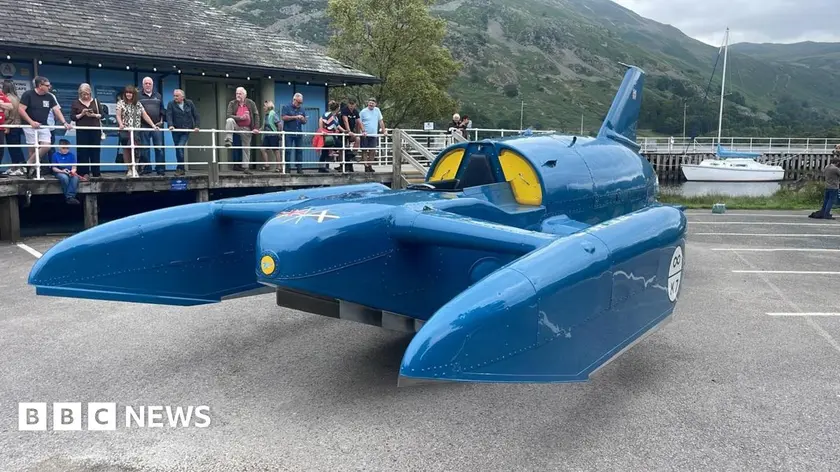
Bluebird Returns to Ullswater for Anniversary
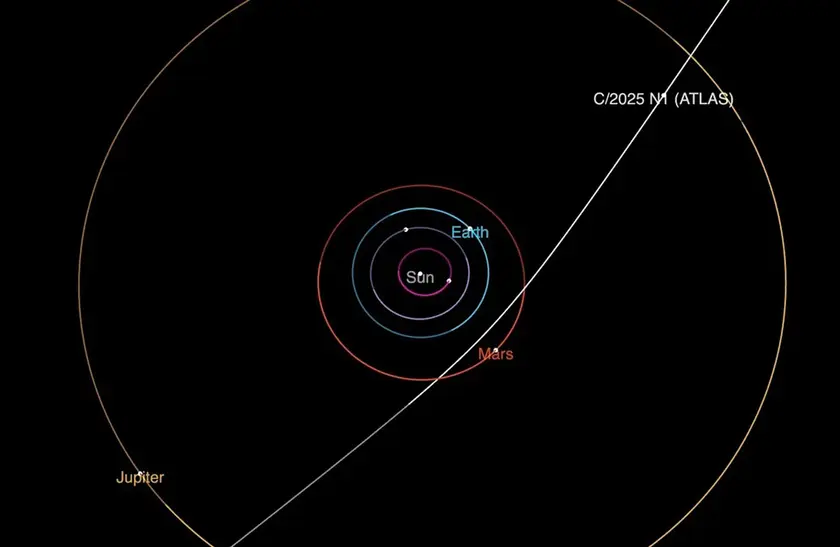
Interstellar comet image captured
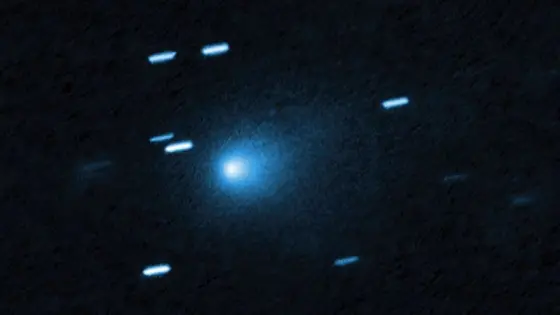
Hubble reveals interstellar comet 3I/ATLAS in stunning detail
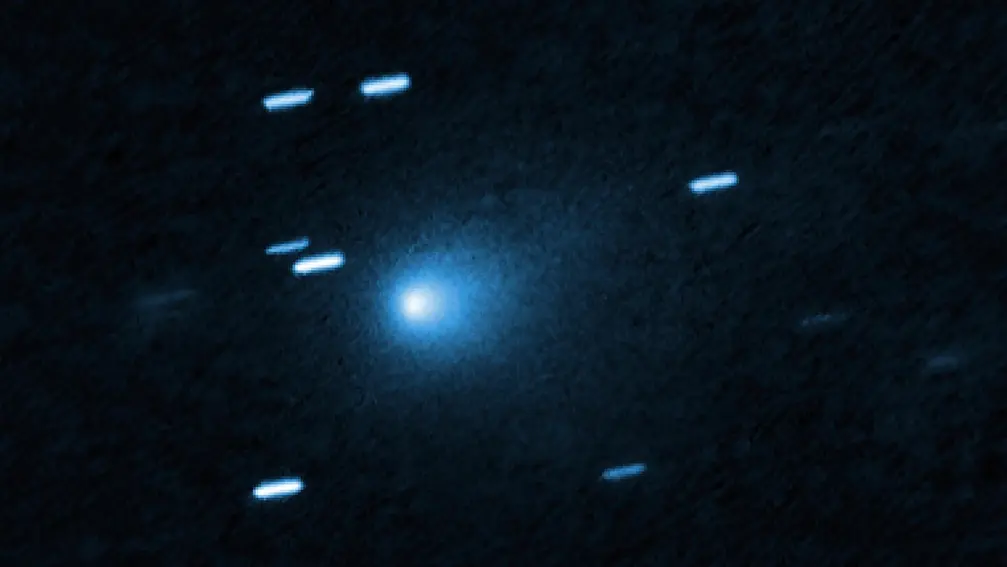
Hubble reveals best image of interstellar comet
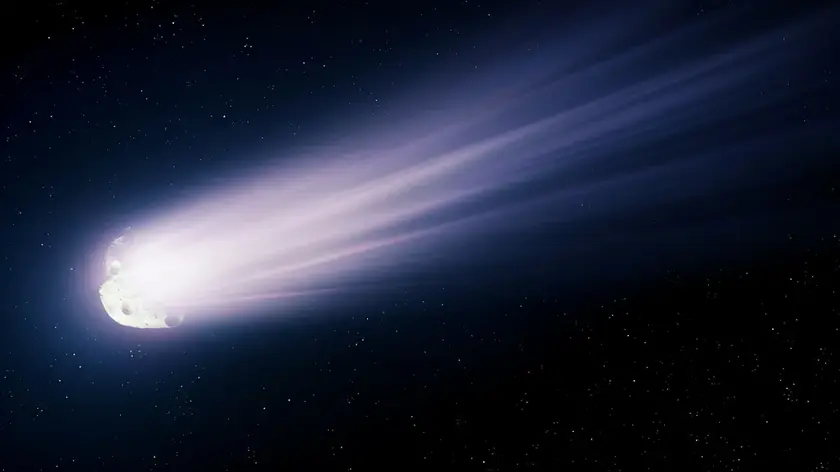
Interstellar Comet 3I/ATLAS Prompts Scientific Scrutiny

Bugatti Mistral becomes fastest open-top car

Joe Boyle back in rotation for upcoming week
